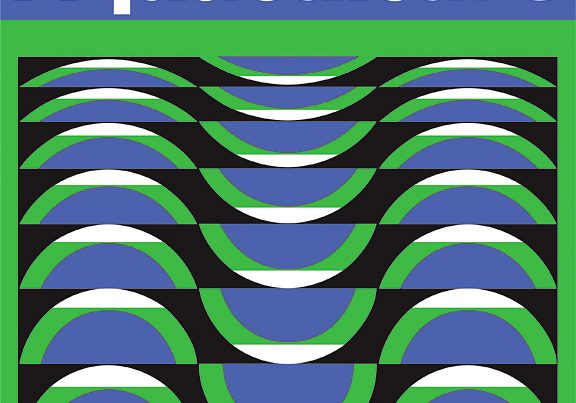Document type : Scientific article published in the Journal of Animal Science
Authors: Lily N. Edwards-Callaway, Mr. Caitlin Cramer, Caitlin N. Cadaret, Elizabeth J. Bigler, Terry E. Engle, John J. Wagner, Daniel L Clark
Preview: Shade is a mechanism to reduce heat load providing cattle with an environment supportive of their welfare needs. Although heat stress has been extensively reviewed, researched, and addressed in dairy production systems, it has not been investigated in the same manner in the beef cattle supply chain. Like all animals, beef cattle are susceptible to heat stress if they are unable to dissipate heat during times of elevated ambient temperatures. There are many factors that impact heat stress susceptibility in beef cattle throughout the different supply chain sectors, many of which relate to the production system, that is, availability of shade, microclimate of environment, and nutrition management. The results from studies evaluating the effects of shade on production and welfare are difficult to compare due to variation in structural design, construction materials used, height, shape, and area of shade provided. Additionally, depending on operation location, shade may or may not be beneficial during all times of the year, which can influence the decision to make shade a permanent part of management systems. Shade has been shown to lessen the physiologic response of cattle to heat stress. Shaded cattle exhibit lower respiration rates, body temperatures, and panting scores compared with unshaded cattle in weather that increases the risk of heat stress. Results from studies investigating the provision of shade indicate that cattle seek shade in hot weather. The impact of shade on behavioral patterns is inconsistent in the current body of research, with some studies indicating that shade provision impacts behavior and other studies reporting no difference between shaded and unshaded groups. Analysis of performance and carcass characteristics across feedlot studies demonstrated that shaded cattle had increased ADG, improved feed efficiency, HCW, and dressing percentage when compared with cattle without shade. Despite the documented benefits of shade, current industry statistics, although severely limited in scope, indicate low shade implementation rates in feedlots and data in other supply chain sectors do not exist. Industry guidelines and third-party on-farm certification programs articulate the critical need for protection from extreme weather but are not consistent in providing specific recommendations and requirements. Future efforts should include: updated economic analyses of cost vs. benefit of shade implementation, exploration of producer perspectives and needs relative to shade, consideration of shade impacts in the cow-calf and slaughter plant segments of the supply chain, and integration of indicators of affective (mental) state and preference in research studies to enhance the holistic assessment of cattle welfare.
Publication discussed in an article for OUPLog on February 26, 2021: The impact of heat stress on beef cattle: how can shade help?




